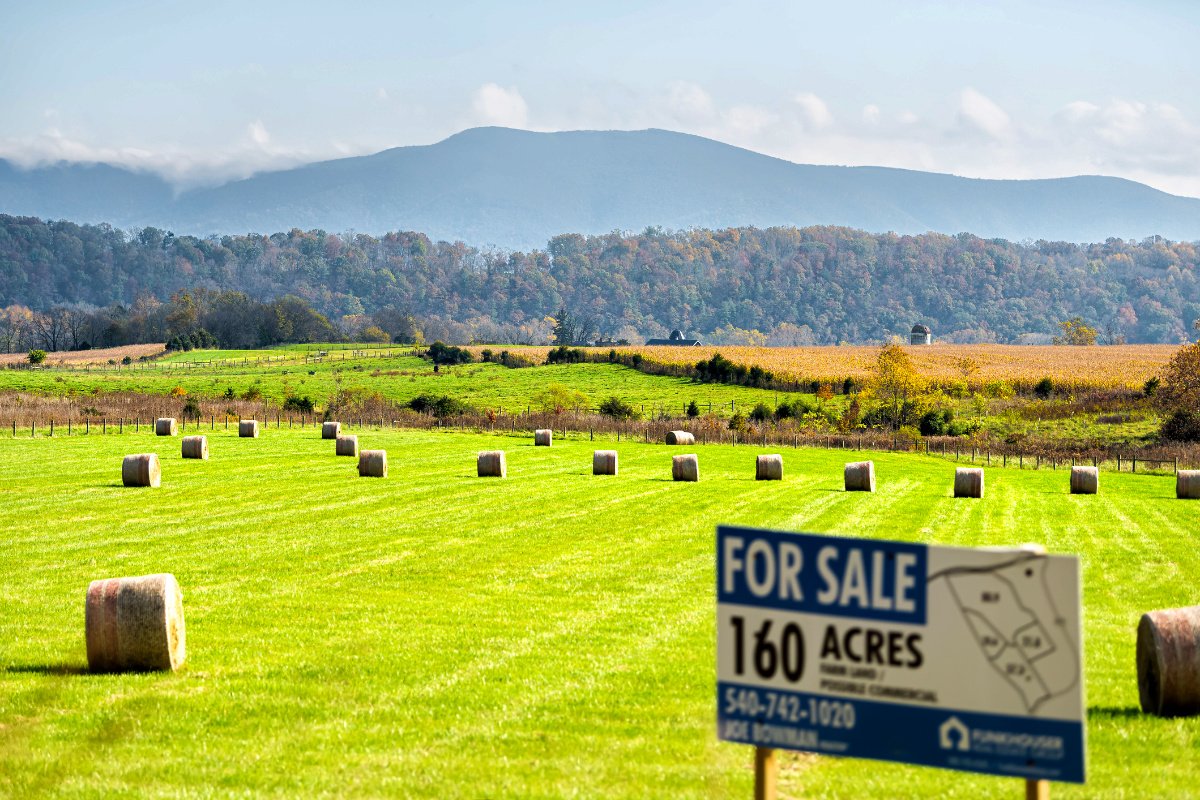In this illustrated report, we explore how the Organic Seed Alliance is working with local farmers, scientists, and chefs to adapt crops to new environments—and the changing climate.

In this illustrated report, we explore how the Organic Seed Alliance is working with local farmers, scientists, and chefs to adapt crops to new environments—and the changing climate.
February 1, 2023

If you’ve ever eaten a fresh tortilla in the Pacific Northwest, the corn was probably shipped in from Mexico. That’s because corn is a crop that typically requires longer days than you’ll find in that region for much of the year.
But that may soon change. The Organic Seed Alliance (OSA) research farm in Chimacum, Washington, on the northeast edge of the Olympic Peninsula, is working with farmers to breed, test, and ultimately adapt corn varieties to this unique location. It’s part of a larger effort to create viable pathways for farmers and chefs to collaborate, and it’s also a key strategy in OSA’s larger work to make growers more resilient in the face of the climate crisis.
A few years back, Micaela Colley, OSA’s program director, heard from several farmers in the region who identified tortilla corn as something they were interested in trialing.
“It’s a value-added and culturally significant food crop that’s not perishable, so it would be helpful for regional food security,” she said. “But corn is not a traditional food crop of the native peoples of this region, so we don’t have that history of traditional corn adaptation to the northwest.”
OSA worked to find a few farmers interested in growing masa corn. It then trialed more than 20 varieties of corn in 2021 and found a partner in Chef Lisette Garay and her wife Cassandra, the owners of La Cocina in nearby Port Townsend.
Garay, who watched her grandmother cook tamales in Watsonville, California as a child, and whose restaurant work included stints in Michelin-starred kitchens, has a deep respect and understanding of the whole growing process. She saw in OSA’s work a way to give people a taste of what she had eaten growing up.
In her first illustrated article for Civil Eats, artist Nhatt Nichols explores how OSA is working to bring new, culturally significant crops to the Pacific Northwest, and how they partner with farmers and chefs, and others to build a viable, sustainable food system.
Click or tap the images below to view larger versions; on a desktop or laptop computer, you can use the right and left arrow keys to scroll from image to image.

October 9, 2024
In this week’s Field Report, MAHA lands on Capitol Hill, climate-friendly farm funding, and more.
October 2, 2024

October 2, 2024

October 1, 2024

September 24, 2024

September 18, 2024

Like the story?
Join the conversation.